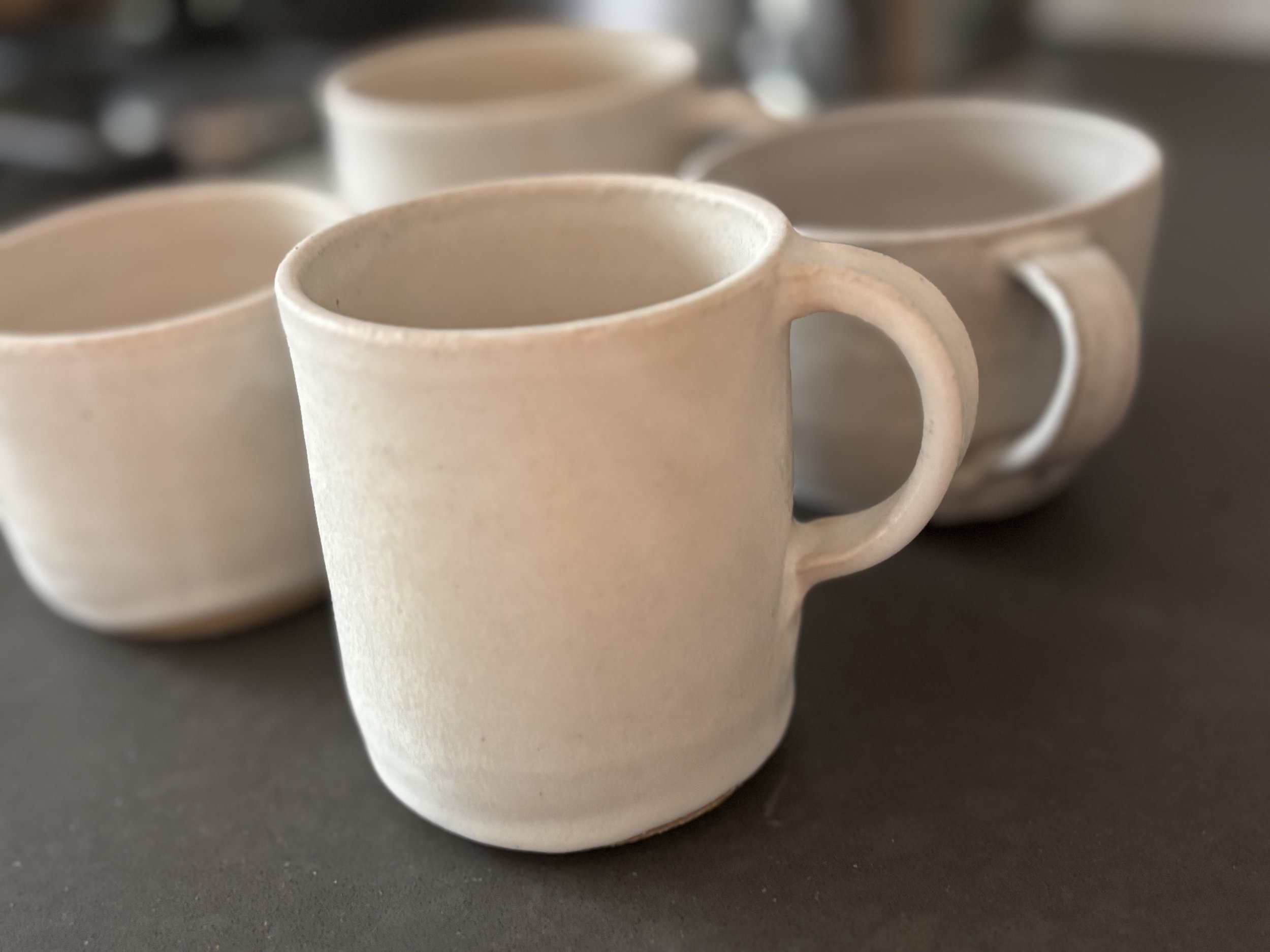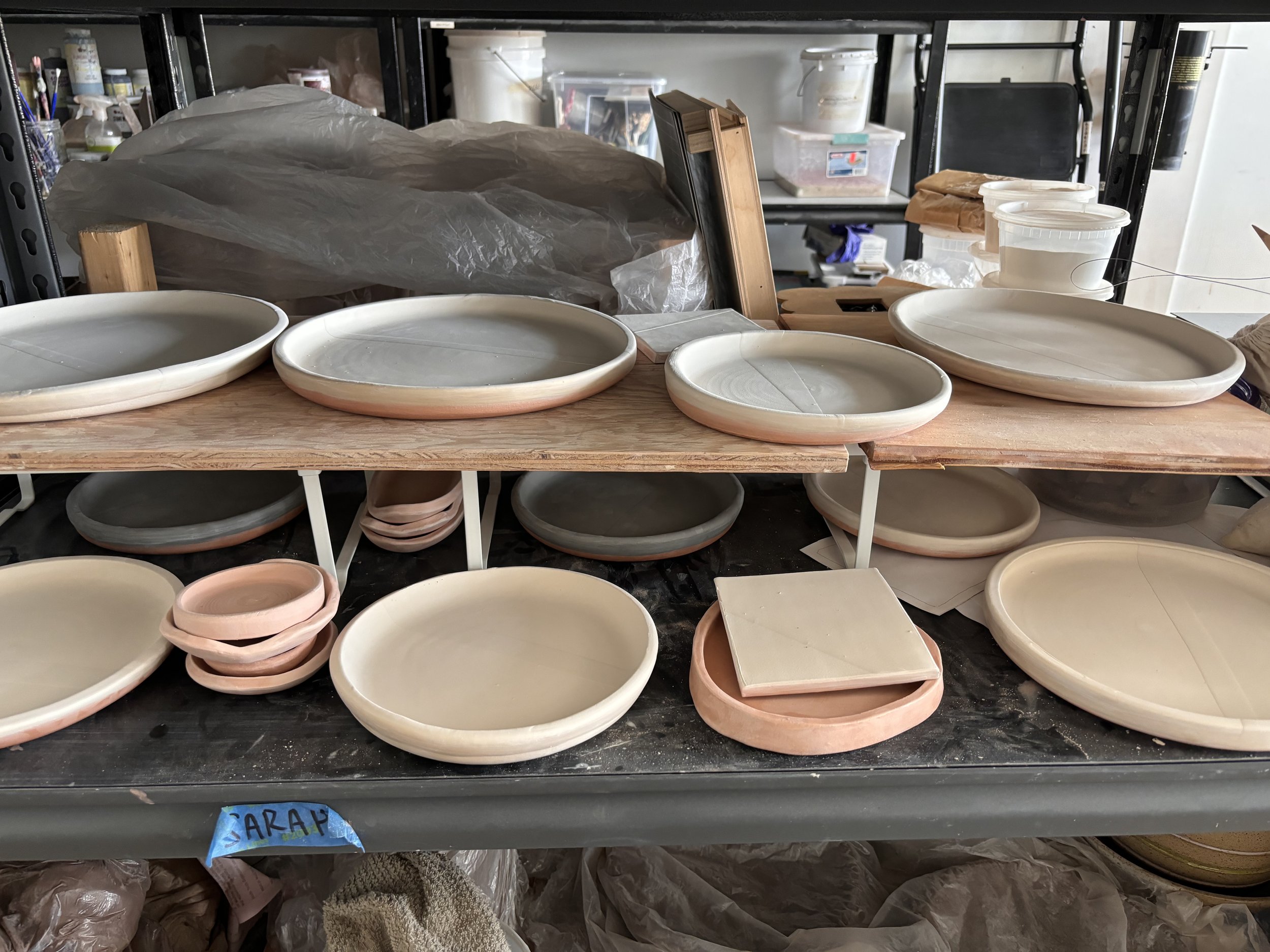Reshaping Your Professional Path: what i learned from clay
When I left my full-time leadership position to launch my coaching practice, I made another important decision—I joined a local ceramic studio and returned to working with clay after a 20-year hiatus.
I can’t help but recognize the parallels between my journey with pottery and the challenges faced by so many women leaders I know in the non-profit and social impact space. Like many of you, I had set aside a fulfilling creative practice to pursue professional advancement. The demands of an advanced degree, career growth, global travel, increasing responsibilities, and family life had pushed other pursuits to the background.
The process of reclaiming this practice taught me valuable lessons that directly inform my coaching approach:
Working with clay requires patience and acceptance. I've spent countless hours, worn down fingernails, watched pots fly off the wheel, crack, or emerge differently than intended. Similarly, leadership development isn't linear or perfect—it requires persistence through setbacks and a willingness to adapt when outcomes differ from expectations.
What surprised me most was how quickly I reconnected with the deep sense of calm and fulfillment that comes from creating. The work I make is never technically perfect—it's meaningful because I invested time and enjoyed the process of creating it.
I've observed this same phenomenon with my clients. When professionals who have been singularly focused on their mission and responsibilities make space for self-development, they rediscover aspects of themselves that fuel both personal satisfaction and professional effectiveness.
This is what I want for you as my client:
To reconnect with neglected aspects of your identity. To recognize that taking time for your development isn't selfish—it's essential. To approach your leadership challenges with the mindset of a craftsperson: patient, resilient, and open to possibilities that might differ from your original vision.
The most effective leaders, like the most accomplished potters, understand that mastery comes not from avoiding imperfections but from learning to work with them constructively, honoring impermanence and knowing when to let go. They know when to apply pressure, when to ease up, and how to transform limitations into distinctive features of their work.
Are you ready to reshape your approach to leadership and reclaim the creative energy that first drew you to your mission?
“When all of our selves is present in what we do, then we can be said to be ‘on Center’.”
— M.C. Richards, Centering in Pottery, Poetry and the Person






